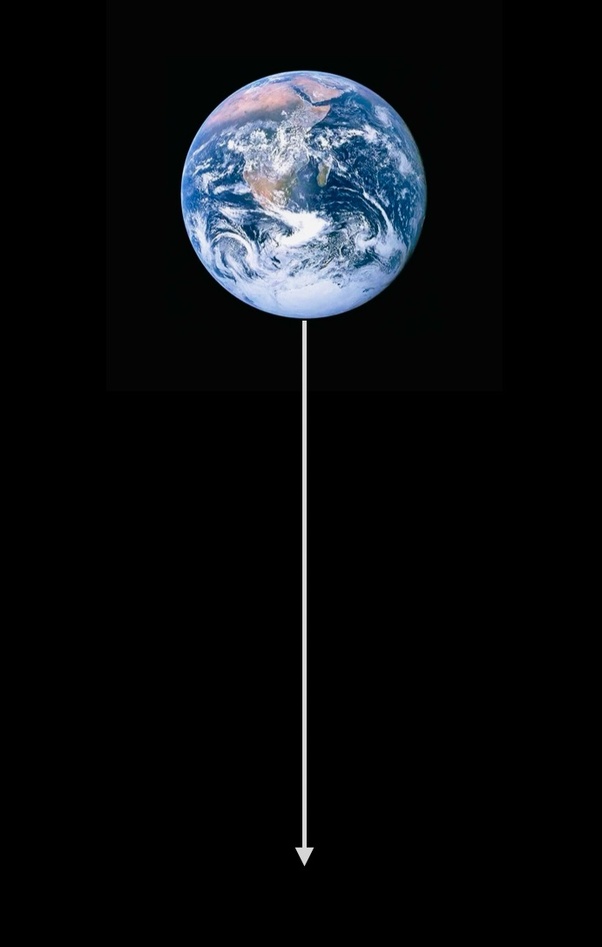
If we assume (for the sake of simplicity) that North is “up” and South is “down”, then asking “What is below Earth?” is essentially the same as asking,
“If you stand at the South Pole and look directly upwards into space, what do you see?”
Unlike other locations on Earth, stars never rise or set at the poles – they simply circle overhead in a 24-hour period. So, standing at the South Pole you see a view of the night sky that appears to rotate around a point straight above you.
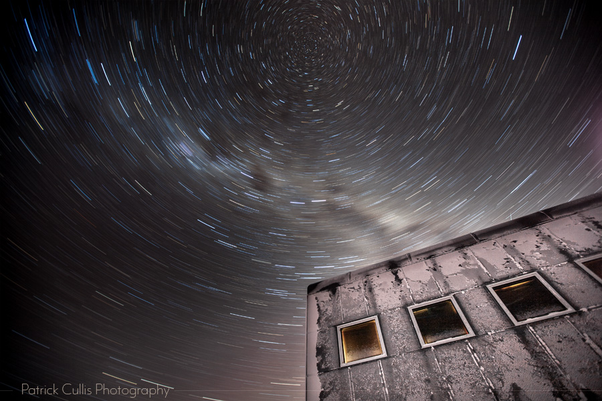
The Antarctic night sky
That zenith point is called the South Celestial Pole (SCP). Coinciding with that point (near enough) is a star in the Octans constellation , known as Sigma Octantis, or σ Oct.
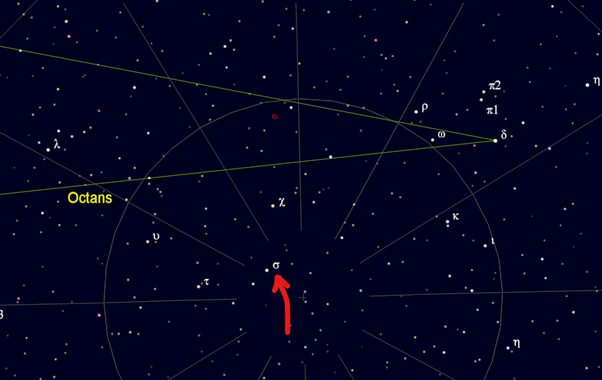
Within 10° around that, the stars of the Southern Cross constellation are clearly visible.
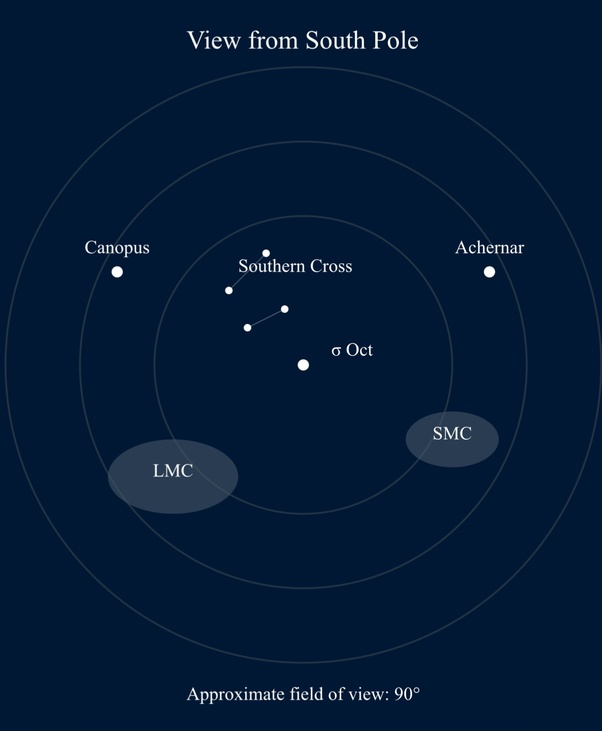
A simplified naked-eye view from the South Pole
These stars are all inside our own galaxy, the Milky Way. The galactic centre of the Milky Way itself, about 26,000 light years away, is clearly visible from the South Pole.
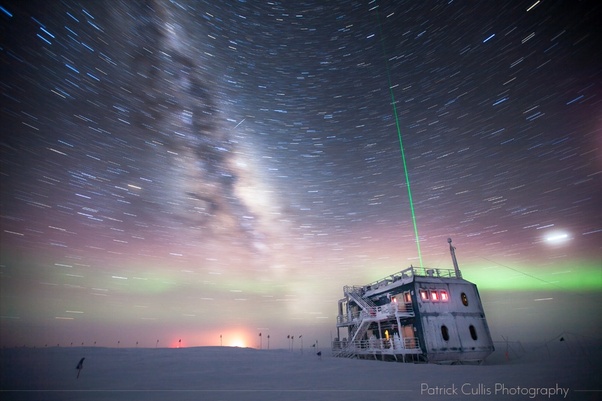
The Milky Way seen from the Antarctic
But two other ‘satellite’ galaxies floating outside the Milky Way, about 150,000 light years away, are also visible to the naked eye from the South Pole:
- the Large Magellanic Cloud (LMC)
- the Small Magellanic Cloud (SMC)
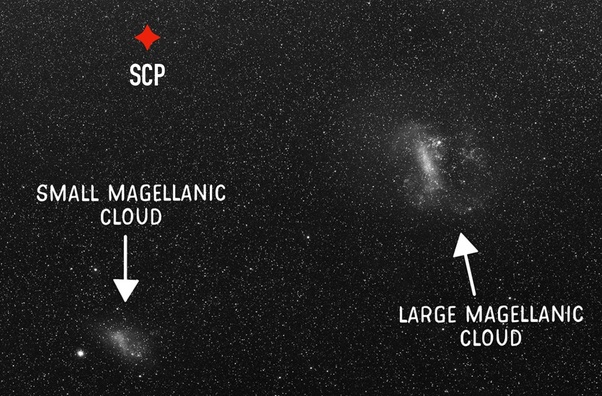
LMC and SMC
Now let’s peer up toward the South Celestial Pole with a telescope. With most of the Milky Way off to the side, this gives us get a relatively clear view of intergalactic space.
Up there, or rather down there, over 3 million light-years ‘below’ our South Pole, we find the Tucana Dwarf galaxy.
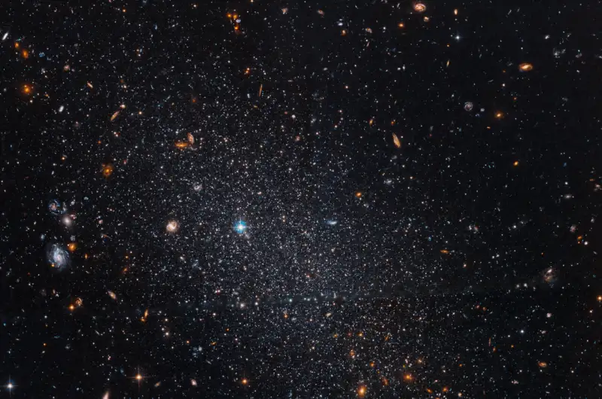
The Tucana Dwarf galaxy
This is a member of the Local Group of galaxies, of which the Milky Way is just one. There may be at least 80 others in the group.
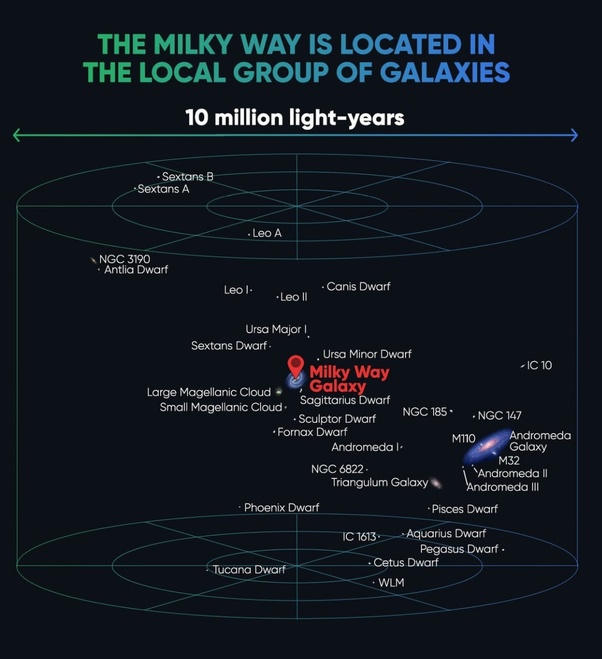
Looking beyond our Local Group with a bigger telescope, we find other galactic groups such as the Dorado Group. Lying 62 million light-years “below” our Local Group, the Dorado Group is known to consist of at least 46 galaxies.
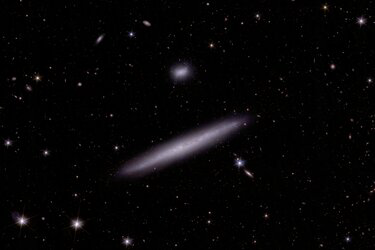
The Dorado Group
These galactic groups may be far from our Local Group, but they are all within the same ‘supercluster’ of galactic groups, of which our Local Group is just one. This is known as the Laniakea Supercluster.
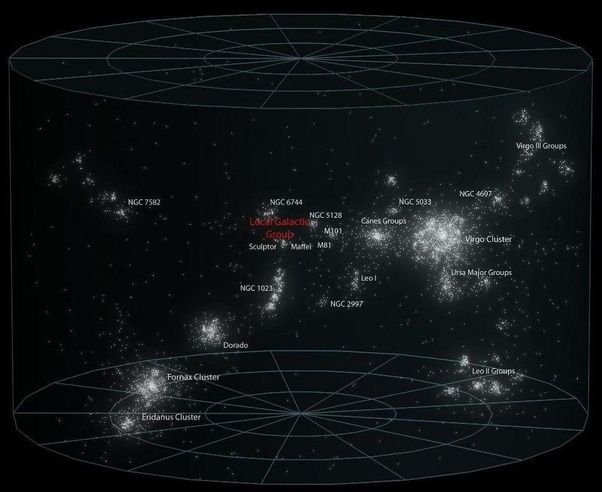
The Laniakea Supercluster containing our Local Group of galaxies among many others.
The whole observable universe consists of superclusters of galactic groups, with massive voids in between them.
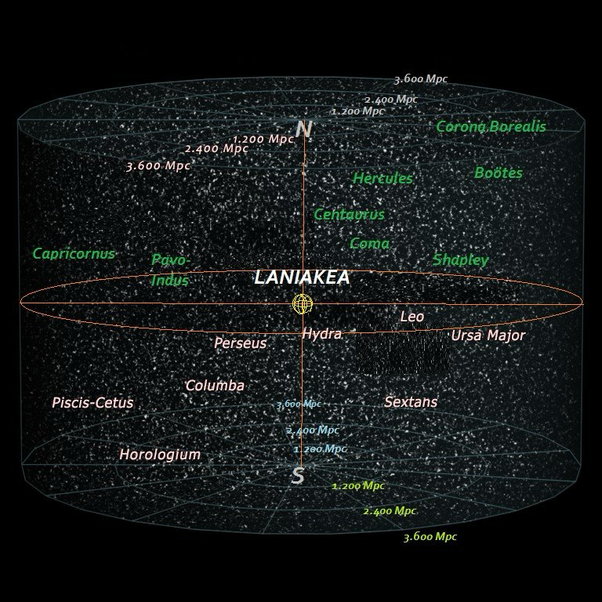
Superclusters within 1 billion light-years of Laniakea
Looking up/down from our South Pole, at around a billion light-years distance, we cross the void into a whole different cosmic neighbourhood. Here we find the vast Horologium Supercluster.

This is a multi-galactic-group structure consisting of 30,000 giant galaxies as well as 300,000 dwarf galaxies.
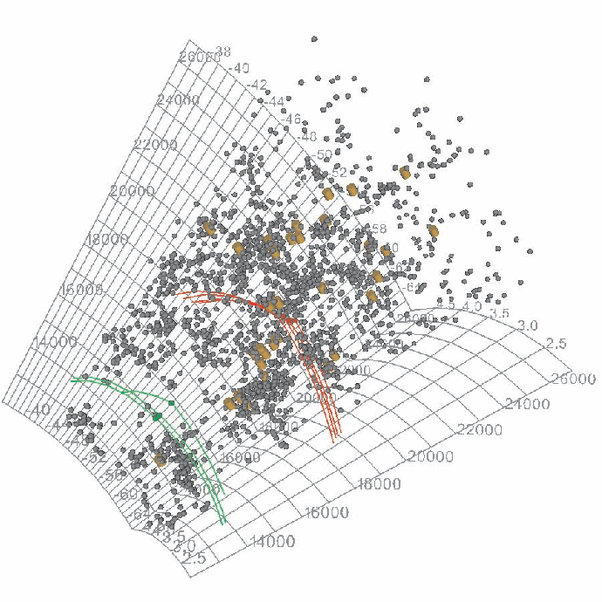
Structure of the Horologium Supercluster
Bear in mind that the speed of light affects our cosmic observations. When we see a structure that’s a billion light-years away, that means we are seeing it as it was a billion years ago. It has taken a billion years for that light to reach us today.
But on the cosmic scale, even this is relatively ‘local’. Beyond 1 billion light-years, there are many, many distant superclusters as well as quasars and other active galactic nuclei.
The whole observable universe is about 93 billion light years across. The farthest detectable objects are also the oldest.
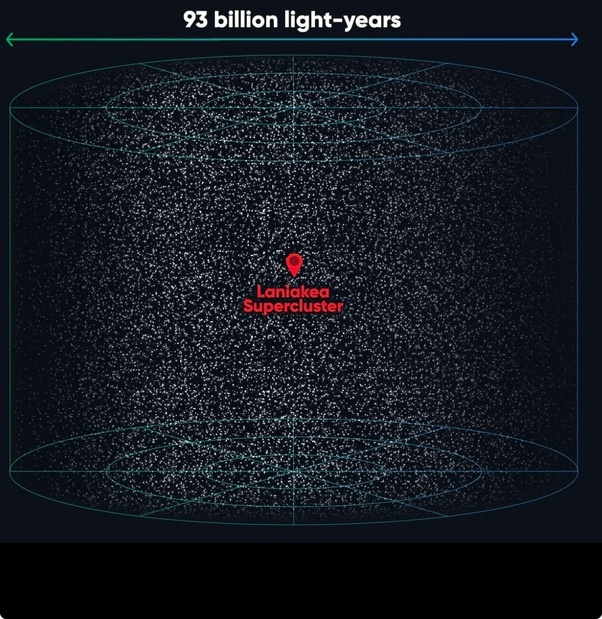
So “below Earth” it’s basically more and more distant galaxies, quasars and black holes, on and on for tens of billions of light years – or revealing how the universe looked tens of billions of years ago.






